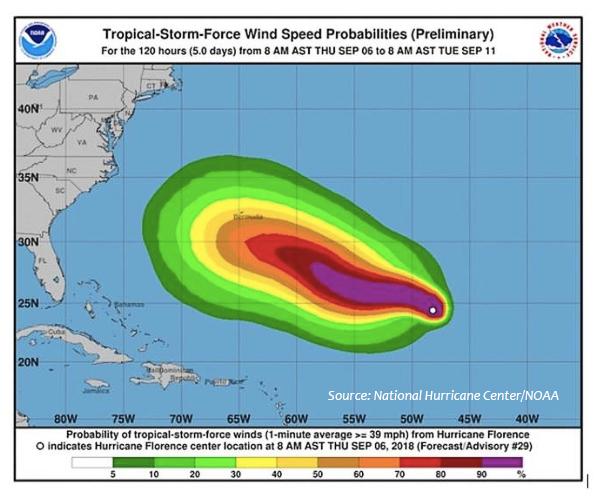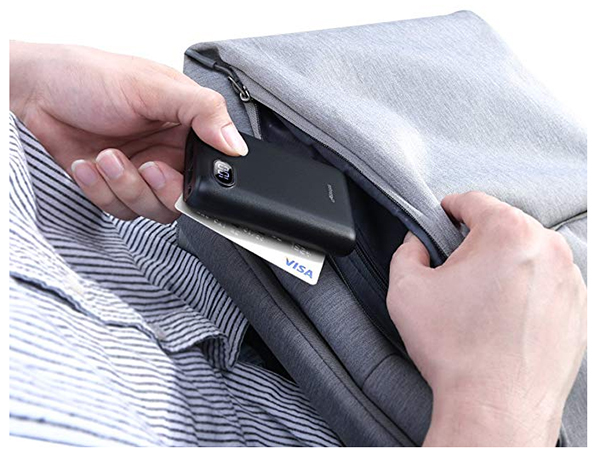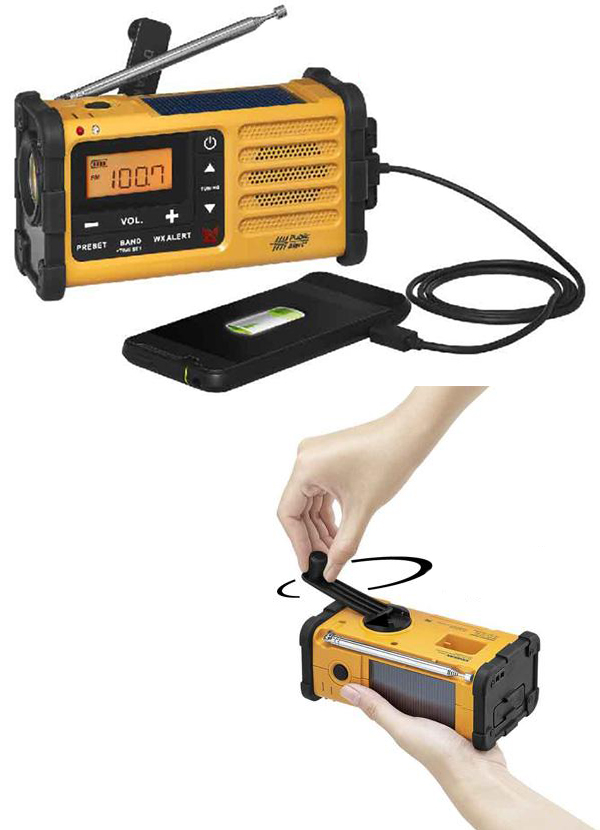Are You Prepared to Protect Your Photo Stuff From Cataclysmic Disasters?

Okay—you’ve taken all the prudent measures to protect your home and family from Mother Nature’s temper tirades. That’s terrific! But what about your cameras, image files and photographs? Whether or not you acknowledge global climate change, you’ve got to admit that there’s been some vicious weather juju going on recently. Let’s talk preparation.
When Typhoon Jebi struck Japan this week with waves of unprecedented disaster it reminded me how important it is to be prepared for unforeseen calamities. The typhoon (we call them hurricanes in the Western Hemisphere) left a trail of destruction through Osaka, an area of Japan that historically has escaped such misfortune. I know this part of Japan quite well because it was home to my alma mater, Minolta Corporation, and I have visited it many, many times.
While there may be no such thing as absolute, 100% ironclad protection against all peril, there are some steps you can take to mitigate and minimize loss.
Counting down from number 7…

7. Create a Grab-and-Go External Drive
First line of defense is a portable external hard drive. Online backups (which we’ll discuss momentarily) are undeniably important, but don’t underestimate the value of having critical files on a drive that you can take with you. Why? Let’s suppose there is a disaster of such proportion that electrical power and/or internet access is shut down for several days—or as in the case of Puerto Rico—even longer. The cloud won’t help you much in the event of a total blackout. But if you have your vital files on a portable drive you can access crucial family documents or insurance information, for instance.
An external drive that is loaded then left disconnected from the computer is more secure against hacking than online cloud storage. If you need a secure place to store birth records, insurance photos, legal documents and lists of serial numbers, an external drive may well be the best place.
And the best Grab-and-Go drives I’ve found are the LaCie Rugged Series which come in capacities up to 5TB at reasonable prices and are available in virtually all flavors of Thunderbolt, USB-C, etc., and are quite compact. The 4TB Rugged Mini, for instance, measures slightly more than 3 x 5 inches and sells for around $169. It’s drop resistant, crush resistant (withstands being run over by a vehicle weighing up to one ton), dust and water resistant (IP54) and it’s housed in an easy-to-find-in-a-pinch orange jacket.
6. Store Prints and Slides on Highest Level in Your Home
I feel bad for the folks who keep their photo albums in the basement. Might as well bury them in the backyard. That’s a bit harsh, I concede, but common sense suggests that items that are most vulnerable to damage from moisture should be stored in places that are high and dry.
And how about that safe you purchased to protect documents and valuables in the event of a fire disaster. Is it 100% waterproof? Are you sure?

5. Backup All Important Files to Cloud Storage
Online cloud storage is so common that it’s unnecessary to list the options, but for the uninitiated, here’s just one avenue: the Google One file hosting service. Your first 15GB of storage are free with a Google account. Pricing for additional storage is incredibly reasonable. For example, 200GB costs $30 a year or $3 per month. Less than a latte. And you can share that space among five family members at no extra cost.
You can access your files from anywhere that you can connect to the internet, share files, work across different platforms (e.g., iPhone to PC to Mac to Android). And—this is important—you can save image and video files uncompressed in all of their original glory. Plus you can synch to your computer so that automatic updates make it impossible to forget to backup your stuff.

4. Put Power in Your Pocket
During the freak Halloween snowstorm (winter storm Albert, 2011 if you’re keeping track) a few years back, my home lost power for eleven days. No, I did not have a back-up generator because I was one of those guys who knew “it could never happen to me.” But what I did have was a handful of power banks, those big rechargeable batteries that are designed to store a large capacity of juice until you need it.
Equipped with USB ports, these babies will throw a charge into your phone or tablet and keep you connected for hours beyond normal cell phone battery life. Most are rectangular, but that’s where the similarity ends. Look for a unit that has a large mAh (milliamp hour) rating, 10,000 minimum. Cells with Lithium Poly chemistry are safer than Lithium Ion. Some models accept power input from alternative sources like solar panels. Avoid unfamiliar brands and stick with names you believe you can count on. And above all else, remember to keep them charged.

3. Build a Bug Out Bag
Part of my overall evacuation strategy includes a bug out bag (also known as a SHTF bag). It includes the things one might need to survive in an urban or rural environment for several days during chaos and environmental turmoil.
While the actual contents of my kit is beyond the scope of this article, I can tell you I keep most of the survival gear in a SOG backpack. I’ve written about it here before. It’s the aptly-named SOG Evac Sling 18. It’s relatively small (19.7 x 13.4 x 7.9 inches) but holds a laptop or large tablet and everything I need to thrive just about anywhere (except the arctic). It’s highly water resistant, very well made and nicely organized. It uses the popular military MOLLE system to attach additional pouches or bags and—for those readers who live in hotter climates—will accommodate a hydration bladder in place of the laptop computer.

2. NOAA Weather Radio This should be the top item on your household survival list, along with the other obvious items like a first aid kit, flashlights and extra batteries, bottled water, a multi-tool and any medications you take daily. (BTW, you can read Mayo Clinic’s recommendations about first aid kits here.)
The NOAA Weather Radio system continuously transmits local and regional weather information. This is a great resource anytime, and it becomes a priceless source of accurate, up-to-the-minute info during disasters. They broadcast on a narrow range of VHF frequencies clustered around 162.500 MHz. The exact frequency for your area can be found on their website but not to worry: most weather radios find the right station automatically. Since regular AM-FM radios cannot be tuned to this range, you need a weather radio or police scanner.
NOAA transmits an emergency tone that wakes up some specially equipped radios, so if you live in a tornado or hurricane prone area, consider a receiver that offers this feature.
Some models, like the Sangean MMR-88, are also tunable to normal AM and FM radio bands. The MMR-88’s internal power source can be recharged by hand crank (dynamo), via the USB port or by the sun. It also includes a flashlight, siren and—get this—can be used to charge your smartphone.

1. Have a Plan
None of this good stuff is of any use unless you have a plan. Being ready to respond in an emergency does not make you a prepper or a Debbie Downer. It makes you safe.
Formulate a plan of action and discuss it with the members of your household. Designate a prearranged meeting place in case one or all become separated. Plan exigencies for your pets. Make sure everyone knows where the emergency items, first aid kit and readiness gear are located. Prepare for the worst, hope for the best and deal with each event as it occurs.
—Jon Sienkiewicz
- Log in or register to post comments










































